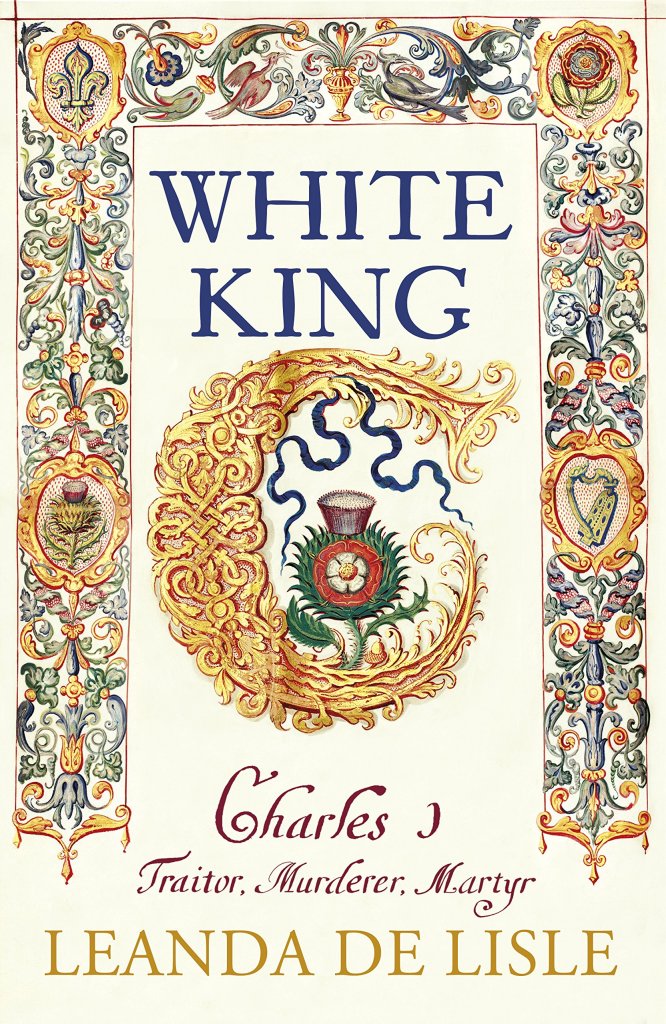On New Year’s Day 1640, Charles I was in the Banqueting House participating in what would be the last court masque of his reign. Charles himself performed as King Philogenes, the lover of his people, who rescues his kingdom from a Fury named Discord. “All that are harsh, all that are rude / Are by your harmony subdued,” the chorus sang to him in the final scene.
It was, to say the least, wishful thinking, but it was thinking that Charles nevertheless took seriously. The previous summer, he had led an English army into Scotland after it rejected his attempted imposition of the English Book of Common Prayer. Having marched his men across the border, Charles baulked and opened negotiations instead. He believed, he said, that if he were to appear in Edinburgh and “show myself, like myself” as the King of the Scots, it would end the rebels’ “impertinencies”.
The traditional, popular view of Charles I – vain, weak, foolish, and so on – is built on moments such as these. But is there more to the man than that? Current historiography, most notably the work of Richard Cust, is certainly establishing a more nuanced account of his reign, and Leanda de Lisle’s White King will surely move the debate further forwards.
De Lisle is the author of three well-received books on the Tudor period, the most recent being the best-selling Tudor: The Family Story in 2013. In White King, she uses rare – and in some cases entirely new – archival sources, to gives us sympathetic, intimate insights into Charles’ thoughts and feelings. She asks us to set aside preconceptions and understand Charles I on his own terms, not those of his parliamentary enemies, who she characterises as ‘the junto’ – a contemporaneous, pejorative term.
Born in Scotland in 1600, Charles was the second son of the then James VI of Scotland, who three years later would also assume the crown of England as James I. He was not a particularly healthy child, slow to walk and to speak, but he overcame both handicaps through sheer determination. He would never lose his stutter – and perhaps, too, he never lost the sense that willpower alone was enough to make things happen.
He became heir to the throne in November 1612, when his beloved elder brother Henry died of typhoid. His only other surviving sibling, Elizabeth, left England the following spring to marry a German prince. De Lisle is particularly good on the importance of family to Charles and its influence on his thinking.
Although White King is a biography first, it is also a portrait of a marriage – and a loving, loyal one at that. Her portrait of Charles’ French-Catholic queen, Henrietta Maria is a revelation: she emerges a woman of insight, determination and courage. Her charm, too, shines through. She spent much of the civil war years on the continent, raising money to buy arms and generally lobbying on her husband’s behalf, but she also briefly led an army on the field in England. “I must act the captain,” she wrote to Charles, “though a little low in stature.”
The Parliamentarians blamed her for Charles’ actions, but Charles’ judgement was dreadful, with or without her help. He saw himself as the epitome of cool rationality; ‘If you would conquer all things, submit yourself to reason’ was a favourite motto. Yet he had a quixotic taste for coups de théatre which were unfailingly counter-productive. Of these, his escape from house arrest at Hampton Court in November 1647, only to surrender almost immediately to the Parliamentary commander of the Isle of White, is merely the most baffling.
It is no surprise to read that, after Edgehill – the first battle of the Civil War in 1642 – Charles consoled himself by amending the plots in his copies of the plays of Beaumont and Fletcher. Art was so much easier than life.
White King is that rare thing, a page-turning history that gently but insistently also asks provocative questions about a period on which our opinions have been all-too fixed. Charles does not emerge with his reputation restored, but he emerges whole – and with more credit than many historians have been willing to grant him.
And there is no denying the dignity and courage with which he faced death – on a scaffold outside the very room in which, as Philogenes nine years earlier, he had briefly brought harmony to a different, more perfect kingdom.
This review first appeared in the Financial Times on Saturday, 5 January 2018.
Read more of Mathew’s reviews here.

Leave a comment